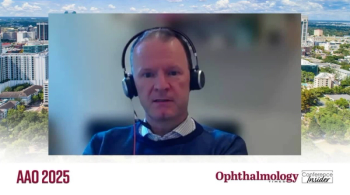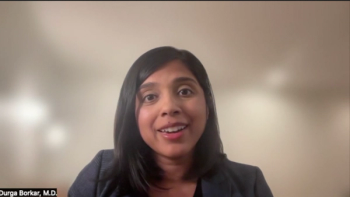
Greater clarity reached on best ways to screen children
Nashville, TN-There are no simple answers to the most fundamental questions about children's eye screening, such as who should be screened, at what age, what should be screened for, and how.
Nashville, TN-There are no simple answers to the most fundamental questions about children's eye screening, such as who should be screened, at what age, what should be screened for, and how.
Results from the first phases of the Vision in Preschoolers Study (VIP) are providing much-needed validation for certain screening methods. Other studies indicate that screening and treatment of children above preschool age can still be effective, a finding that could change screening protocols, Dr. Donahue said.
"We all know there are a whole bunch of children who are at risk for amblyopia, but one of the biggest problems is that they are not in any organized group until they enter kindergarten," he said. "In addition, there is no well-established, universal test for preschool screening and no federal mandate. As long as there is no mandate and no reimbursement, the people who are doing screenings have a problem."
New technology for vision screening is on the horizon and could resolve some of the current issues.
"Current technologies work well but they are not actually checking visual acuity," Dr. Donahue said. "What we need to learn is the relationship between the problems that cause amblyopia and how to detect them with respect to whether or not they are actually causing amblyopia. That is one of our challenges as these technologies get further developed."
He explained that the instruments might detect refractive error or decreases in acuity that may be due to uncorrected refractive error. The natural history of the changes in refractive error in these children is unknown, so which children need to be identified and treated remains unclear.
Types of new technology include off-axis photoscreening devices, available from MTI, Eye Dx, iScreen, LLC, and Vision Research Corp., and automated refraction instruments, such as the Welch Allyn SureSight and the Nikon Retinomax.
In describing screening guidelines, Dr. Donahue noted that the American Association for Pediatric Ophthalmology and Strabismus (AAPOS) Vision Screening Committee has published standards for preschool vision screening that have earned wide acceptance. These guidelines recognize that differing goals may exist in screening; also, they recommend that sensitivity and specificity be reported and that children less than 3.5 years old should be separated from older children.
Screening guidelines
The guidelines aim to detect anisometropia >1.5 D, any manifest strabismus, hyperopia >3.5 D, myopia >3 D, media opacity >1 mm, astigmatism >1.5 D (1 D if oblique), ptosis, and visual acuity according to American Academy of Ophthalmology guidelines.
Addressing the effectiveness of screening, Dr. Donahue alluded to the findings of a study of 13 screening programs in the United States and elsewhere that used photorefractive screeners. Dr. Donahue reported results of this study in detail at last year's AAPOS meeting and an article is slated for publication.
Some of the problems revealed in the analysis were lack of reimbursement, varying levels of interpretation of results, insufficient follow-up, and the high cost of photography with the MTI photoscreener. In addition, the 400,000 children screened represent only about 10% of the target population. However, the ability to screen such a large number of children in a cost-effective manner by volunteers suggests that some type of new technology may be extremely effective in a large-scale national screening program.
Although photoscreeners, such as those used in this screening initiative, are well accepted, autorefractors are generating more interest, Dr. Donahue said. Both of the currently available instruments were evaluated in the VIP study, which assessed 11 traditional and new technologies.
Newsletter
Don’t miss out—get Ophthalmology Times updates on the latest clinical advancements and expert interviews, straight to your inbox.





















































.png)


